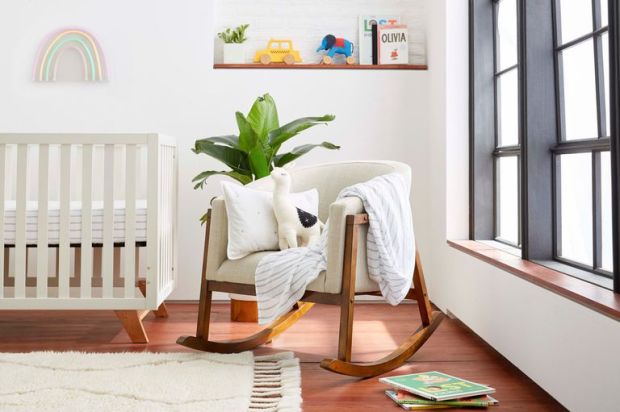Brooklinen Pops Up And Branches Out To Cap Off 2018

A luxury product paired with direct-to-consumer sales – which brings the luxury item’s price down into more solidly middle-class territory – is a model that has worked for all kinds of brands, across a variety of verticals. Apparel, mattresses and beauty products are just a few of the areas in which high-end offerings have been ported to consumers at a lower price than is typical for luxury goods.
The goods usually aren’t inexpensive, but they are more widely affordable than traditional luxury items tend to be.
Brooklinen applies that philosophy to the sale of sheets and towels, pitched as offering consumers “a new best friend when it comes to finding high-quality sheets and towels at a price that won’t keep you up at night.”
And while most bedding companies tend to offer marketing in the same vein, it is worth nothing that Brooklinen’s long-staple cotton products have elicited a pretty steady drumbeat of praise from any and all reviewers who have slept upon its 270- to 480-thread-count sheets and duvets.
One noted that the sheets had a “softness normally reserved for, say, puppies and baby koalas.” Another raved that they were “crisp and classic,” while yet a third wondered if they were “sent from heaven.”
A single set of sheets starts at $99, and prices range from there depending on what type of sheets the consumer chooses (Brooklinen has four varieties, ranging with 270-count classic cotton to limited-edition linen sheets that start at $225 a set), and whether or not they purchase a bundle.
The firm also bills its sheets as being untreated by chemicals, and offers a lifetime warranty on their product line – which, over time, has expanded, and is currently in the process of changing venues.
Though its early offerings were sheets and towels, Brooklinen has grown into more of an entire bedding boutique online. Down (and synthetic down) comforters have jumped into the line-up, as have blankets and various bedtime accessories, like scented candles.
The company is also expanding its roster of customers, perhaps realizing that its core base of young millennials are becoming older millennials who are starting families. Those customers aren’t just shopping for their own sheets anymore – they are shopping for the next generation.
And so earlier this month, Brooklinen rolled out Brooklittles, its line of bedding for babies and very young kids. The new offerings keep the same cool, crisp and simple aesthetic for which the brand is already known. Instead of cutesy images, the first collection features gender-neutral prints, like little yellow triangles or blue matchsticks. It also features a set of sheets with a tribute to their home city, complete with taxi cabs, the Empire State Building and pretzels. The collection also includes baby blankets, baby quilts, baby swaddle sets and a stuffed llama named Lulu, the mascot for the entire collection.
Selling more things is only part of Brooklinen’s expansion in late 2018. The firm will also be operating a pop-up shop for the next four months in New York City.
The shop will sell sheets in real time, for the customer to take home from the shop. This is somewhat counter to other online brands’ experiments with pop-up shops, which tend to let consumers experience the goods in real life, but still push the actual ordering online. Brooklinen is opting to hold inventory in the store so that purchasing customers can take home their wares. According to the company, the best way to convert a customer who is on the fence is to offer the chance to walk out with the goods.
And the goal, Co-founder and CEO Rich Fulop explained, has been very intentional: The firm wants a chance to directly experience their customers in person, and in a variety of shopping environments.
“We’re doing a four-month pop-up to learn as much as we can and talk to customers,” said Fulop. “We understand that shopping picks up ahead of the holidays, so we set it up to go through the holidays and then into the slower time following the holidays. We want to see the difference between holiday season and through to February so we don’t get a false positive in terms of the model.”
